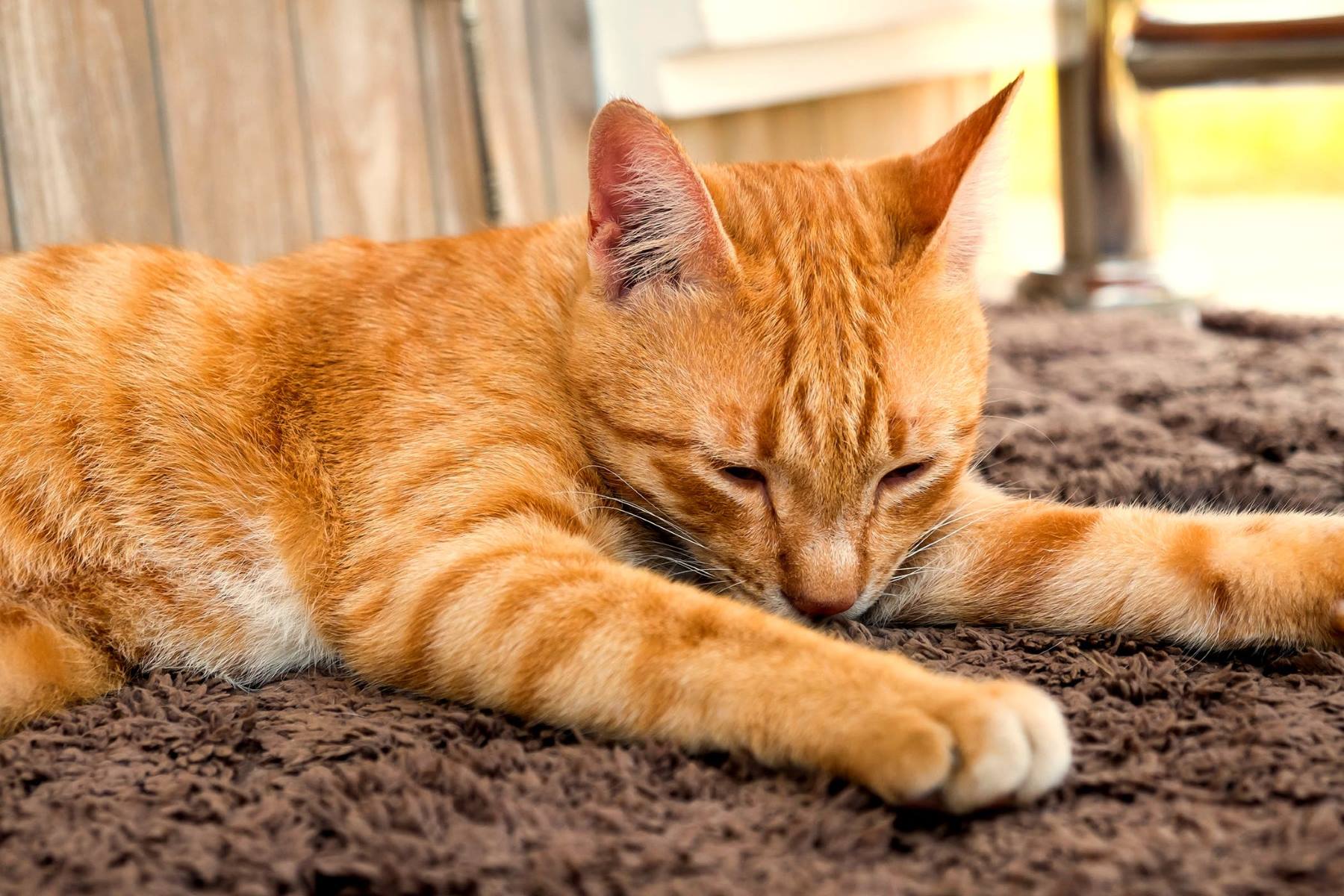

Articles
Why Do Cats Puke On Rugs
Modified: December 7, 2023
Discover the reasons why cats often choose to puke on rugs in these informative articles. Find useful tips and solutions to prevent this unpleasant behavior.
(Many of the links in this article redirect to a specific reviewed product. Your purchase of these products through affiliate links helps to generate commission for Storables.com, at no extra cost. Learn more)
Introduction
Cats are beloved pets known for their independent and graceful nature. However, one common issue that many cat owners face is finding their feline companion leaving a pile of vomit on the once-immaculate rug. While it may seem like an inconvenience, it’s essential to understand that cats vomiting on rugs is not uncommon and can be caused by various factors.
In this article, we will explore the anatomy of cats, common causes of vomiting in cats, and provide solutions and preventive measures to help you tackle this issue.
Key Takeaways:
- Cats vomit on rugs due to hairballs, dietary issues, and eating too quickly. Regular grooming, proper diet, and slow feeding methods can minimize vomiting episodes and keep your rugs clean.
- Understanding cat anatomy and implementing preventative measures such as removing potential hazards and seeking veterinary advice can help reduce the frequency of vomiting in cats, ensuring a healthier and happier feline companion.
Read more: How To Clean Cat Puke Out Of A Carpet
Understanding the Anatomy of Cats
Before delving into the reasons why cats tend to vomit on rugs, it’s essential to have an understanding of their anatomy, specifically their digestive system. Cats have a relatively short digestive tract, which enables them to efficiently process their diet, which is primarily composed of animal-based protein.
Additionally, cats are known for their grooming habits, constantly licking their fur to keep it clean. This self-grooming behavior often leads to the ingestion of loose hair, which can accumulate in their stomachs and form hairballs.
Common Causes of Vomiting in Cats
Now that we have a basic understanding of cat anatomy, let’s explore some common causes of vomiting in cats:
- Hairballs: Hairballs are a prevalent cause of vomiting in cats. When cats groom themselves and ingest loose fur, it can accumulate in their stomach, forming a hairball. As the hairball grows in size, it can cause irritation and discomfort, prompting the cat to vomit it up. This is often seen on rugs due to the texture being similar to a cat’s tongue.
- Dietary Issues: Sudden changes in diet or feeding low-quality food can upset a cat’s stomach, leading to vomiting. Cats have sensitive digestive systems, and any abrupt changes in their diet can cause digestive upset.
- Eating Too Quickly: Some cats have a tendency to eat their food too quickly, resulting in indigestion and vomiting. This is more commonly seen in multi-cat households where competition for food occurs.
- Food Intolerances or Allergies: Cats, like humans, can have food intolerances or allergies. Consumption of a food ingredient that their bodies cannot tolerate can result in digestive upset, including vomiting.
- Foreign Objects: Cats are curious creatures, and they may sometimes ingest foreign objects, such as pieces of toys or string. These objects can irritate the stomach lining and trigger vomiting.
- Gastrointestinal Infections: Cats can contract gastrointestinal infections caused by viruses or bacteria. These infections can lead to vomiting and other symptoms like diarrhea.
- Medical Conditions: Some underlying medical conditions, such as kidney disease, liver disease, or pancreatitis, can cause chronic vomiting in cats. If your cat’s vomiting is persistent or accompanied by other concerning symptoms, it’s essential to consult a veterinarian for a proper diagnosis and treatment.
Key Takeaways:
- Cats vomit on rugs due to hairballs, dietary issues, and eating too quickly. Regular grooming, proper diet, and slow feeding methods can minimize vomiting episodes and keep your rugs clean.
- Understanding cat anatomy and implementing preventative measures such as removing potential hazards and seeking veterinary advice can help reduce the frequency of vomiting in cats, ensuring a healthier and happier feline companion.
Read more: How To Clean Cat Puke Out Of A Carpet
Understanding the Anatomy of Cats
In order to comprehend why cats vomit on rugs, it is important to have a grasp of their unique anatomical features. Cats have a highly specialized digestive system that allows them to efficiently process the food they consume.
Digestive System
The feline digestive system is relatively short compared to that of other mammals. This adaptation enables cats to quickly extract nutrients from their food and eliminate waste. The short digestive tract means that food moves through their system at a faster pace, resulting in a shorter transit time from ingestion to elimination.
The esophagus transports food from the mouth to the stomach. The stomach, situated right after the esophagus, is responsible for breaking down food into smaller particles and starting the process of digestion. From there, the food moves into the small intestine, where further digestion and nutrient absorption take place. Finally, any waste material passes into the large intestine and is eliminated as feces through the rectum.
Read more: Why Does My Cat Pee On Rugs
Hairball Formation
Cats are fastidious groomers and spend a significant amount of time cleaning their fur. As they lick their coats, their rough tongue collects loose hair. While most of this hair goes unnoticed, some of it gets ingested by the cat.
The hair that enters a cat’s digestive system can form into hairballs. Hairballs are typically cylindrical masses of fur and undigested food confined within the stomach. They develop when the ingested hair does not pass through the digestive system smoothly or is unable to move through the intestine with the food.
While some of the hair may be eliminated in the feces, a portion of it accumulates in the stomach, often clumping together. Over time, these hairballs can grow in size and cause irritation and discomfort to the cat. As a natural response to this discomfort, the cat may regurgitate the hairball, often onto your prized rug.
It’s worth noting that hairballs are more common in long-haired cats due to the increased amount of loose hair they tend to ingest during grooming. However, short-haired cats are not completely exempt from hairball problems.
Cats have special adaptations to help them eliminate hairballs. The backward-facing barbs on their tongue serve to remove loose hairs from their coat and assist in their ingestion. Once the hair has entered the digestive system, the cat’s stomach contractions typically help propel the hair through the system and eventually out of the body. However, in some cases, this natural process can become disrupted, leading to hairball formation.
Common Causes of Vomiting in Cats
Vomiting is a natural reflex commonly seen in cats. While occasional vomiting may not be a cause for concern, frequent or persistent vomiting can indicate underlying issues. Let’s explore some common causes of vomiting in cats:
Hairballs
One of the most common causes of vomiting in cats are hairballs. As mentioned earlier, cats ingest loose hair while grooming, and if this hair does not pass through the digestive system smoothly, it can accumulate in the stomach. The cat will then attempt to expel the hairball by vomiting, often leaving a mess on your rug.
Dietary Issues
Your cat’s diet plays a crucial role in maintaining proper digestion. Abrupt changes in your cat’s diet or feeding low-quality food can upset their stomach, leading to vomiting. Cats have sensitive digestive systems, so it’s essential to introduce dietary changes gradually and provide them with high-quality, balanced cat food.
Read more: Why Do Rugs Shed
Eating Too Quickly
Some cats have a tendency to eat their food too quickly, especially in multi-cat households where competition for food may be a factor. When a cat eats too quickly, they may swallow air along with their food, leading to indigestion and subsequent vomiting. Using slow-feeding methods, such as puzzle feeders or food-dispensing toys, can help slow down your cat’s eating pace and prevent vomiting.
Food Intolerances or Allergies
Just like humans, cats can develop food intolerances or allergies. Certain ingredients in their diet, such as grains or specific proteins, may not agree with their digestive system. Consuming these allergens can cause digestive upset, including vomiting. Identifying and eliminating the problematic ingredients from your cat’s diet can help alleviate the vomiting episodes.
Foreign Objects
Cats are curious creatures, and they might ingest foreign objects like pieces of toys, string, or even small household items. These objects can cause irritation and blockages within the digestive tract, leading to vomiting as the body tries to expel the foreign material. Be mindful of potential hazards in your cat’s environment and keep small objects out of their reach.
Gastrointestinal Infections
Gastrointestinal infections, whether viral or bacterial, can lead to vomiting in cats. These infections can cause inflammation and irritation in the stomach lining, resulting in vomiting along with other symptoms such as diarrhea. If you suspect your cat has an infection, consult your veterinarian for proper diagnosis and treatment.
Read more: Why Do Cats Pee On The Floor
Medical Conditions
Sometimes, vomiting in cats can be a sign of an underlying medical condition. For instance, kidney disease, liver disease, pancreatitis, or inflammatory bowel disease can cause chronic vomiting. If your cat’s vomiting is persistent, accompanied by other concerning symptoms, or if you notice any changes in their behavior or appetite, it is important to seek veterinary attention for a proper diagnosis and appropriate treatment.
Understanding the common causes of vomiting in cats is the first step towards finding the right solution. In the next section, we will discuss various solutions and preventive measures that can help address this issue and keep your rug vomit-free.
Solutions and Preventative Measures
Dealing with vomiting in cats can be challenging, but there are several solutions and preventative measures that you can take to minimize the occurrence and keep your rugs clean. Let’s explore some effective strategies:
Regular Grooming and Brushing
Regular grooming and brushing are crucial for managing hairballs in cats. Brushing your cat’s coat helps to remove loose hair and reduces the amount of hair they ingest during grooming. This can significantly reduce the formation of hairballs and the subsequent vomiting episodes. Aim to groom your cat at least a few times a week, paying particular attention to their coat during shedding seasons.
Proper Diet and Feeding Habits
Your cat’s diet plays a vital role in their overall health and digestive function. Ensure that you provide a high-quality, balanced cat food that meets their nutritional needs. Opt for a diet that is free from common allergens and fillers. Also, avoid sudden changes in their diet, as this can lead to digestive upset and vomiting. If you’re unsure about the best diet for your cat, consult with your veterinarian for guidance.
Read more: Why Do Cats Knead Pillows
Slow Feeding Methods
If your cat tends to eat too quickly, using slow feeding methods can help prevent vomiting. Consider using puzzle feeders or food-dispensing toys that require your cat to work for their food. These devices slow down their eating pace, allowing for better digestion and reducing the chances of vomiting. Another option is to divide their meals into smaller portions throughout the day to prevent overeating.
Identifying and Eliminating Food Allergens
If you suspect that your cat’s vomiting is related to food allergies or intolerances, it’s important to identify the problematic ingredients and eliminate them from their diet. Consider a hypoallergenic or limited ingredient diet that avoids common allergens like grains or certain proteins. Keep a food diary to track any reactions or vomiting episodes and consult with your veterinarian for further guidance.
Removing Potential Hazards
Keep your cat’s environment free from potential hazards that could be ingested and cause vomiting. Take extra precautions to secure small household items, elastic bands, strings, or any other small objects that your cat may find interesting. Additionally, be aware of toxic plants or substances that could be harmful if ingested. Maintaining a safe environment can help prevent accidental ingestion and subsequent vomiting.
Veterinary Consultation and Treatment
If your cat experiences persistent or severe vomiting, it’s crucial to seek veterinary consultation. A veterinarian can examine your cat, perform diagnostic tests if needed, and provide appropriate treatment. They can help determine the underlying cause of the vomiting and develop a customized treatment plan to alleviate the symptoms and improve your cat’s overall health.
By following these solutions and preventative measures, you can help reduce the frequency of vomiting episodes in your cat and enjoy a clean and vomit-free rug. Remember, if you have any concerns or if your cat’s vomiting persists, it’s always best to consult with a veterinarian for proper guidance and assistance.
Read more: Why Do Muslims Pray On Rugs
Conclusion
Vomiting in cats, especially on rugs, can be an unpleasant experience for any cat owner. However, it’s important to understand that vomiting is a natural reflex for cats and can be caused by various factors. Knowing the common causes of vomiting and implementing preventative measures can help reduce the occurrence and keep your cat’s stomach and your rugs healthy.
Understanding the anatomy of cats, particularly their digestive system and the formation of hairballs, is essential. Cats have a unique physiology that requires special attention to their grooming habits and dietary needs. Regular grooming and brushing can reduce the amount of loose hair your cat ingests and minimize the formation of hairballs.
Proper diet and feeding habits play a crucial role in maintaining a healthy digestive system. Introduce dietary changes gradually and opt for high-quality, balanced cat food to minimize the risk of dietary-related vomiting episodes. Slow feeding methods can also help prevent your cat from eating too quickly and experiencing indigestion.
If you suspect that your cat has food intolerances or allergies, identify and eliminate the problematic ingredients from their diet. This will help reduce the chances of vomiting caused by food-related issues. Additionally, be vigilant in removing potential hazards from your cat’s environment to prevent them from ingesting foreign objects that could trigger vomiting.
It’s important to emphasize the value of veterinary consultation and treatment. If your cat experiences persistent or severe vomiting, consulting with a veterinarian is crucial to determine the underlying cause and develop an appropriate treatment plan. They can provide the necessary diagnostic tests and guidance to address the issue effectively.
In conclusion, while finding vomit on rugs can be frustrating, taking proactive measures and understanding the reasons behind your cat’s vomiting can help mitigate the problem. By implementing regular grooming, providing a proper diet, using slow feeding methods, removing potential hazards, and seeking veterinary advice when necessary, you can help minimize vomiting episodes and ensure your cat’s well-being. Remember, a healthy and happy cat leads to a cleaner and happier home for both you and your feline companion.
Frequently Asked Questions about Why Do Cats Puke On Rugs
Was this page helpful?
At Storables.com, we guarantee accurate and reliable information. Our content, validated by Expert Board Contributors, is crafted following stringent Editorial Policies. We're committed to providing you with well-researched, expert-backed insights for all your informational needs.
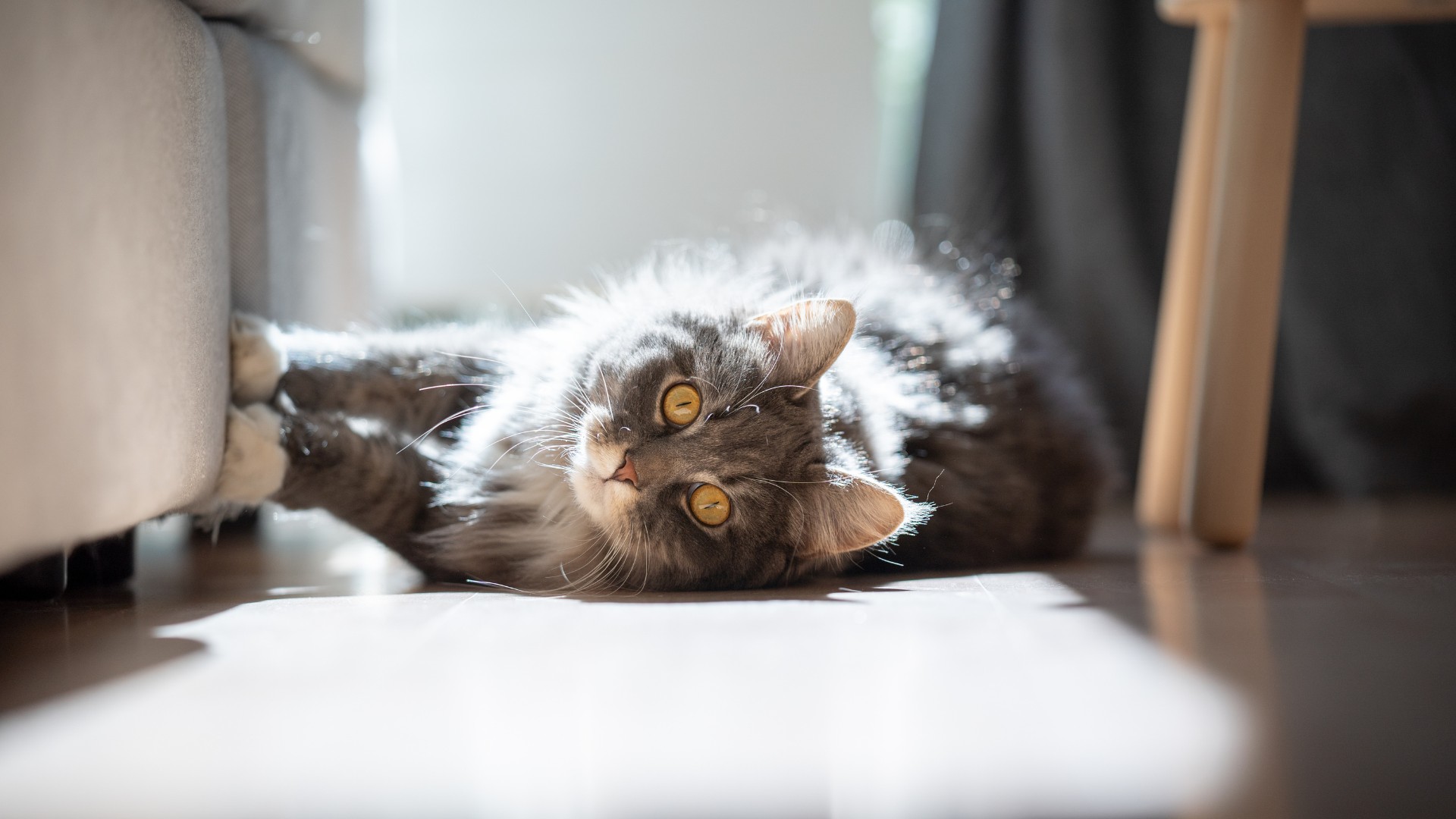
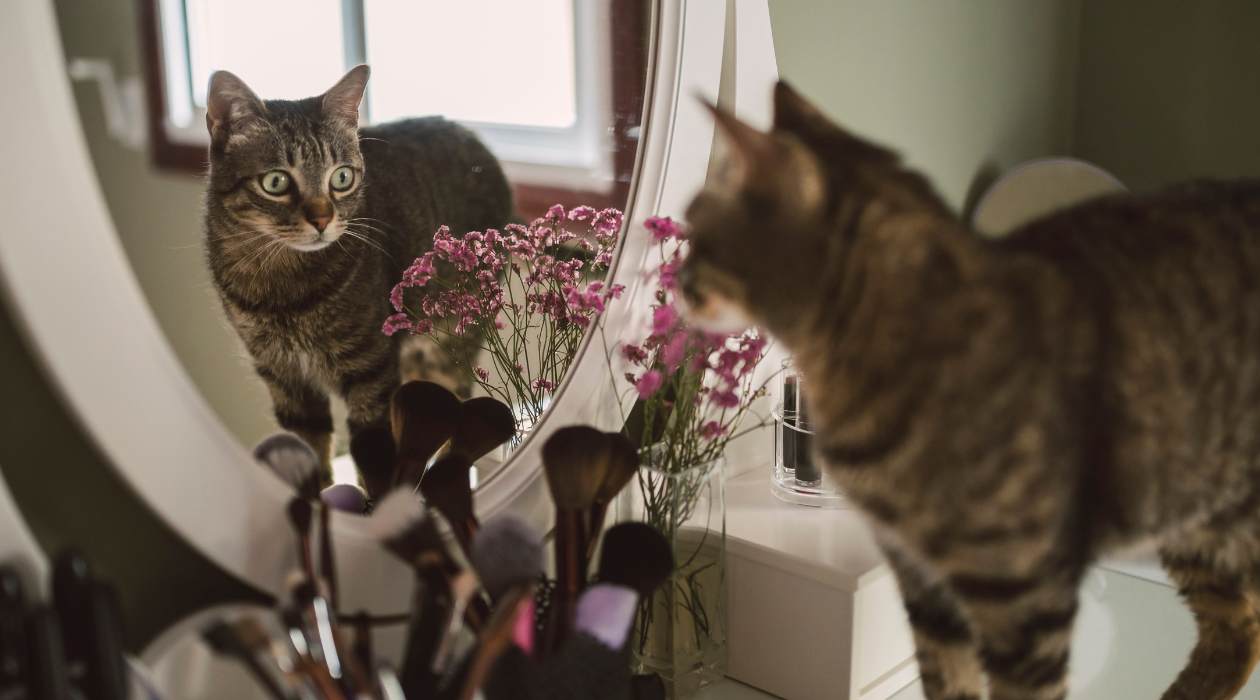
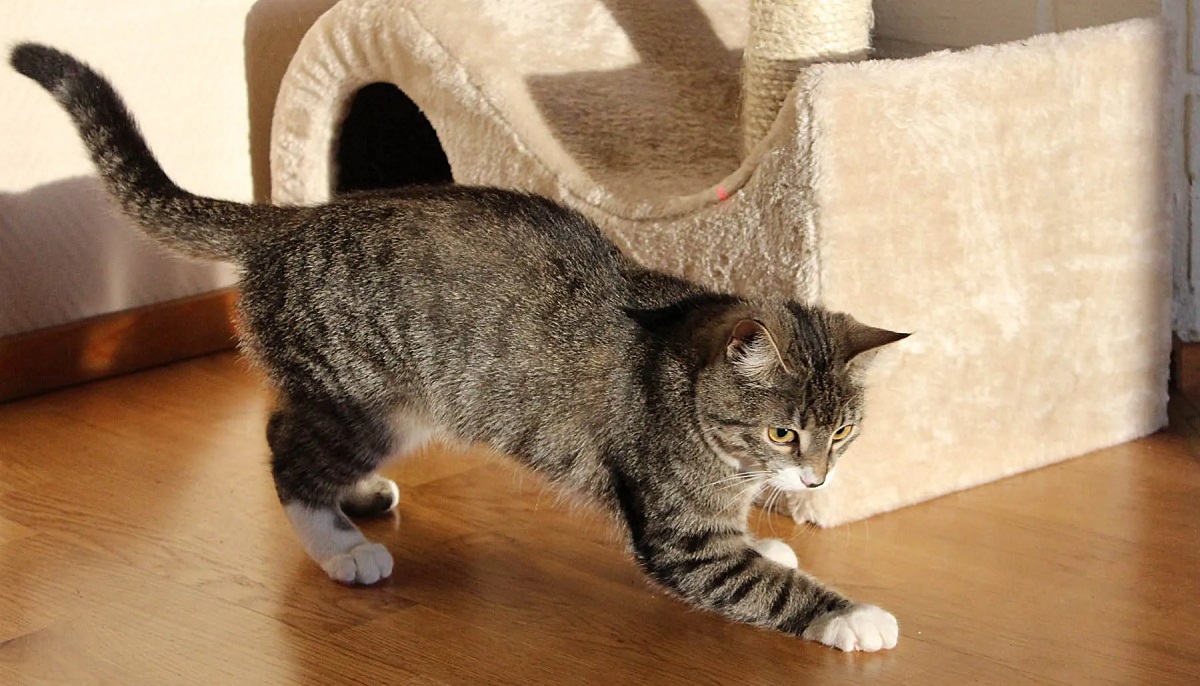
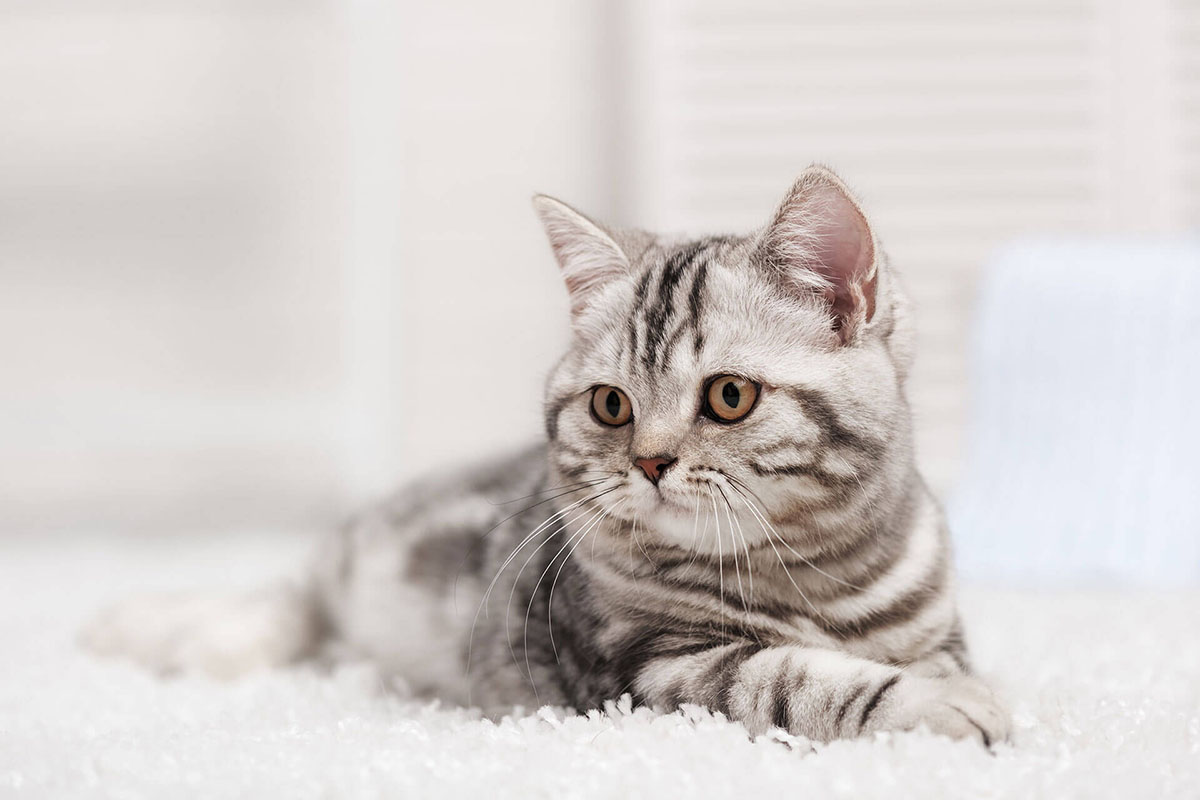
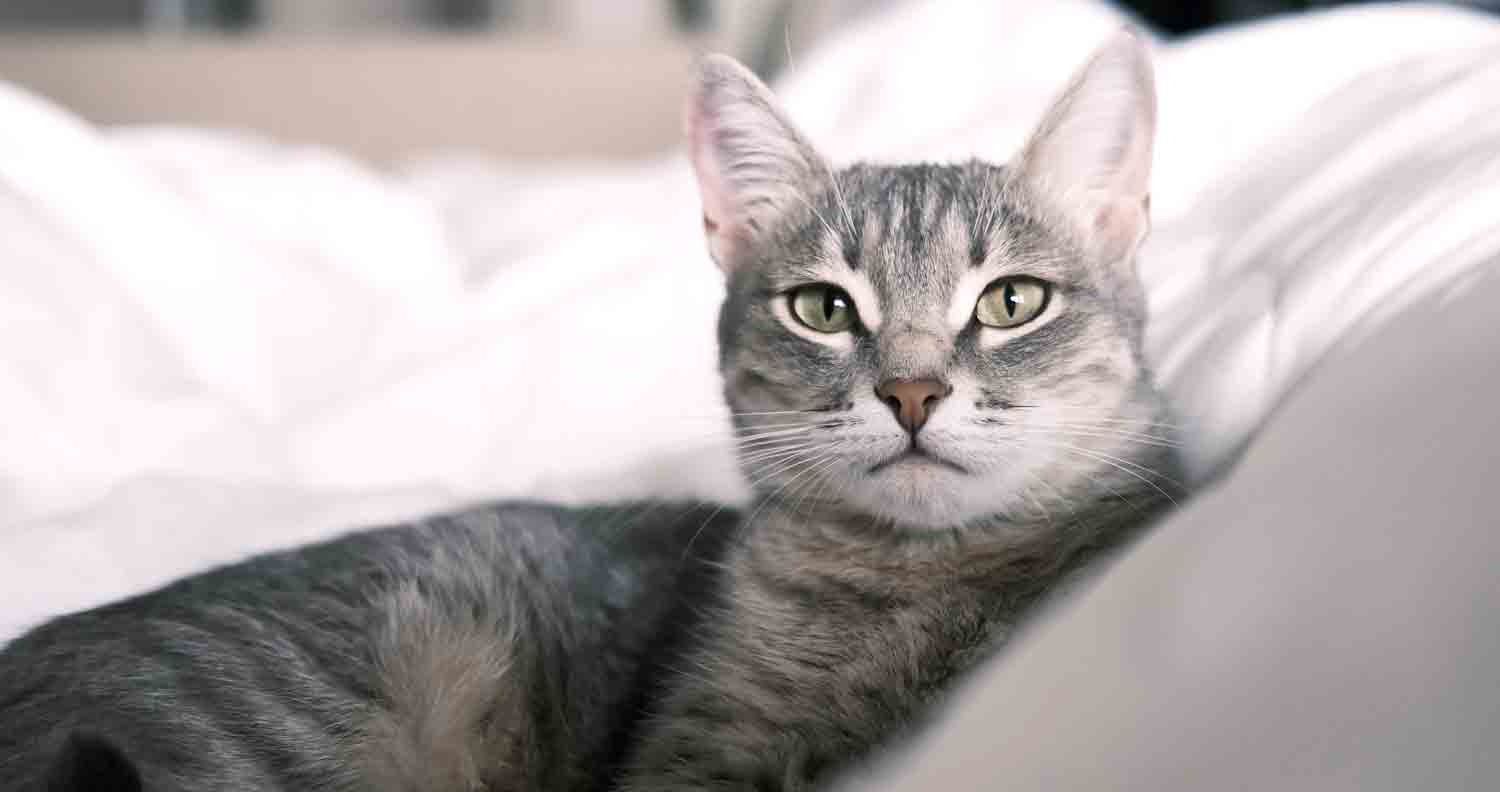
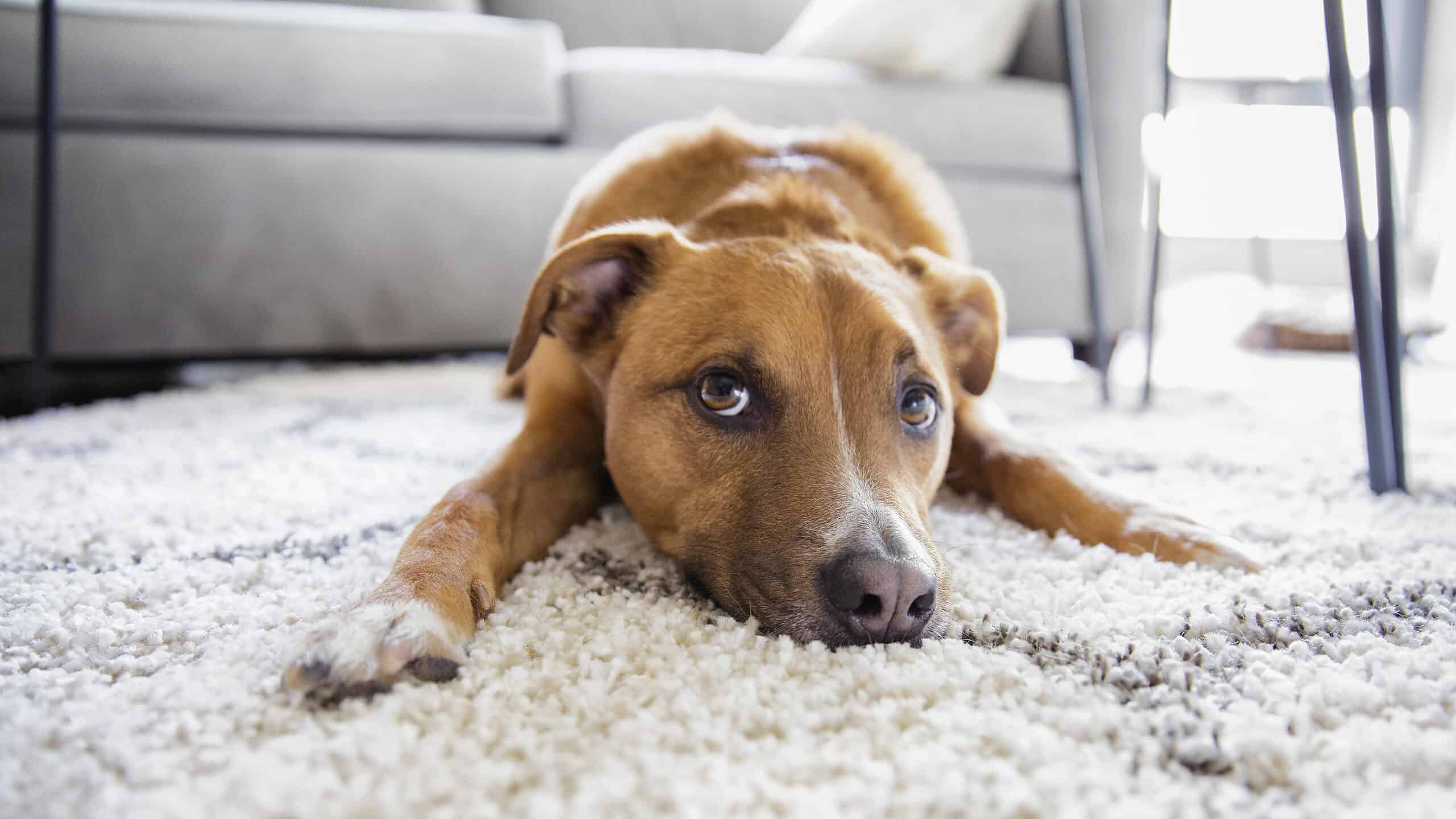
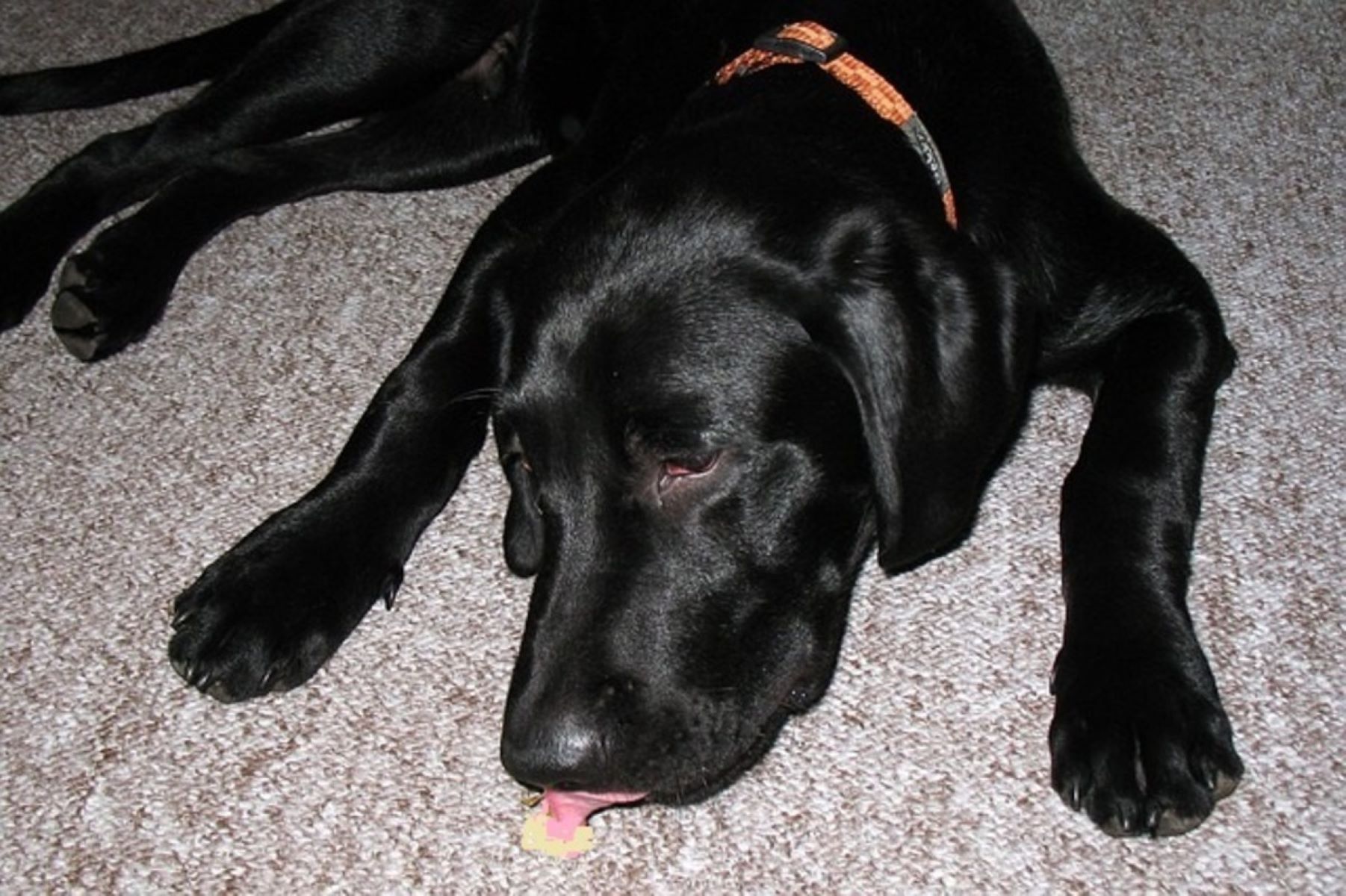
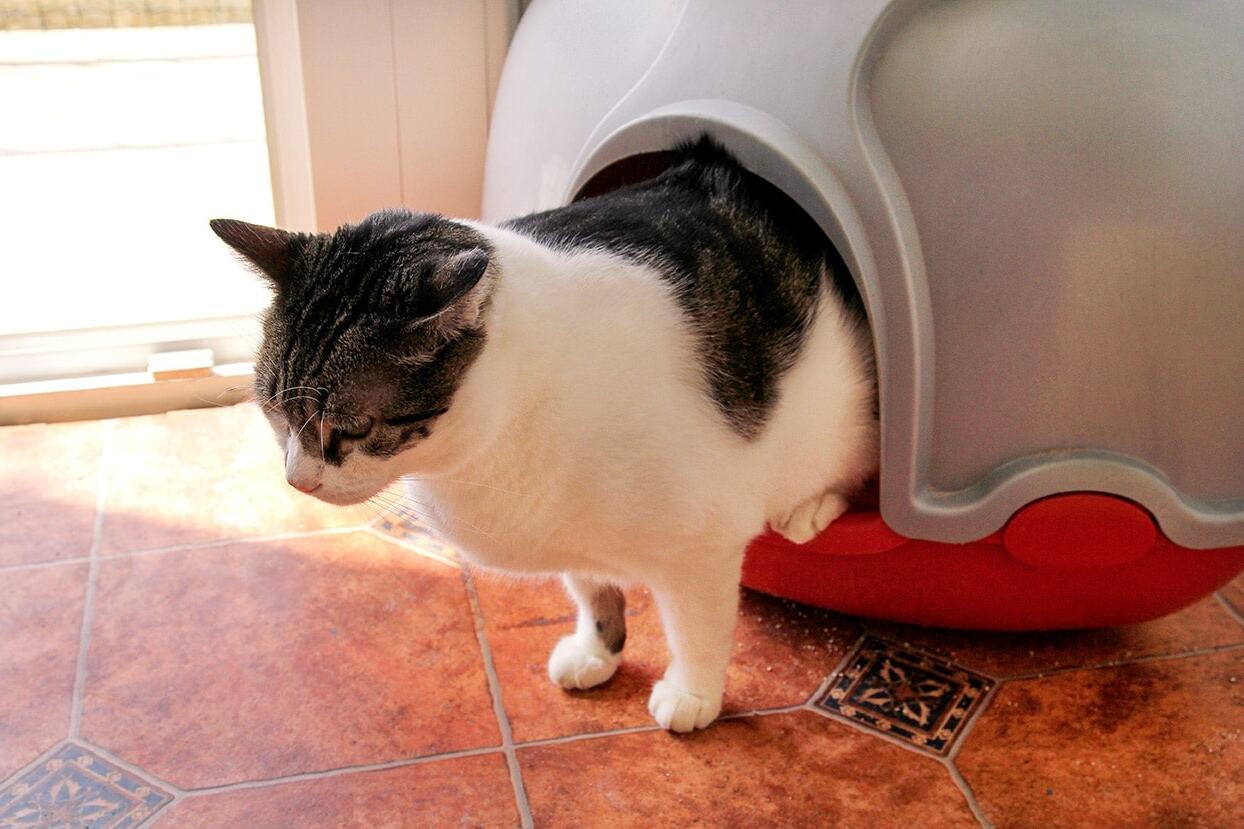
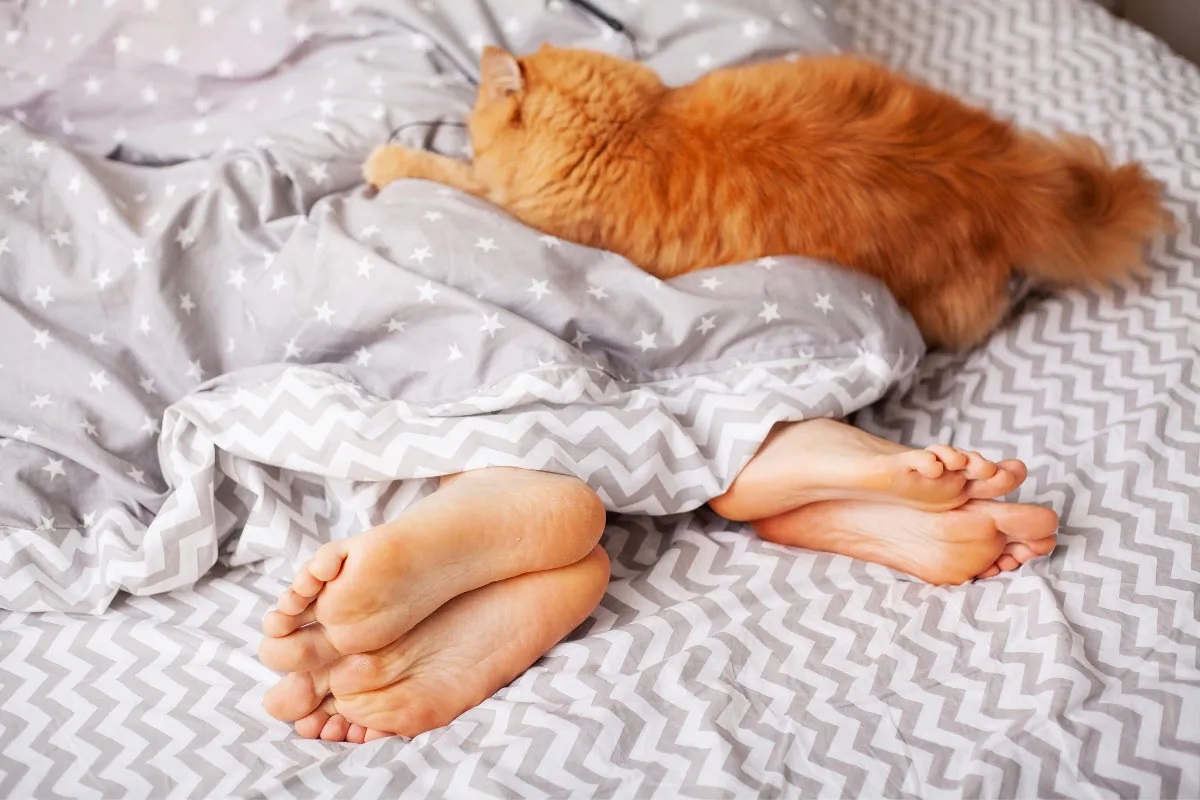
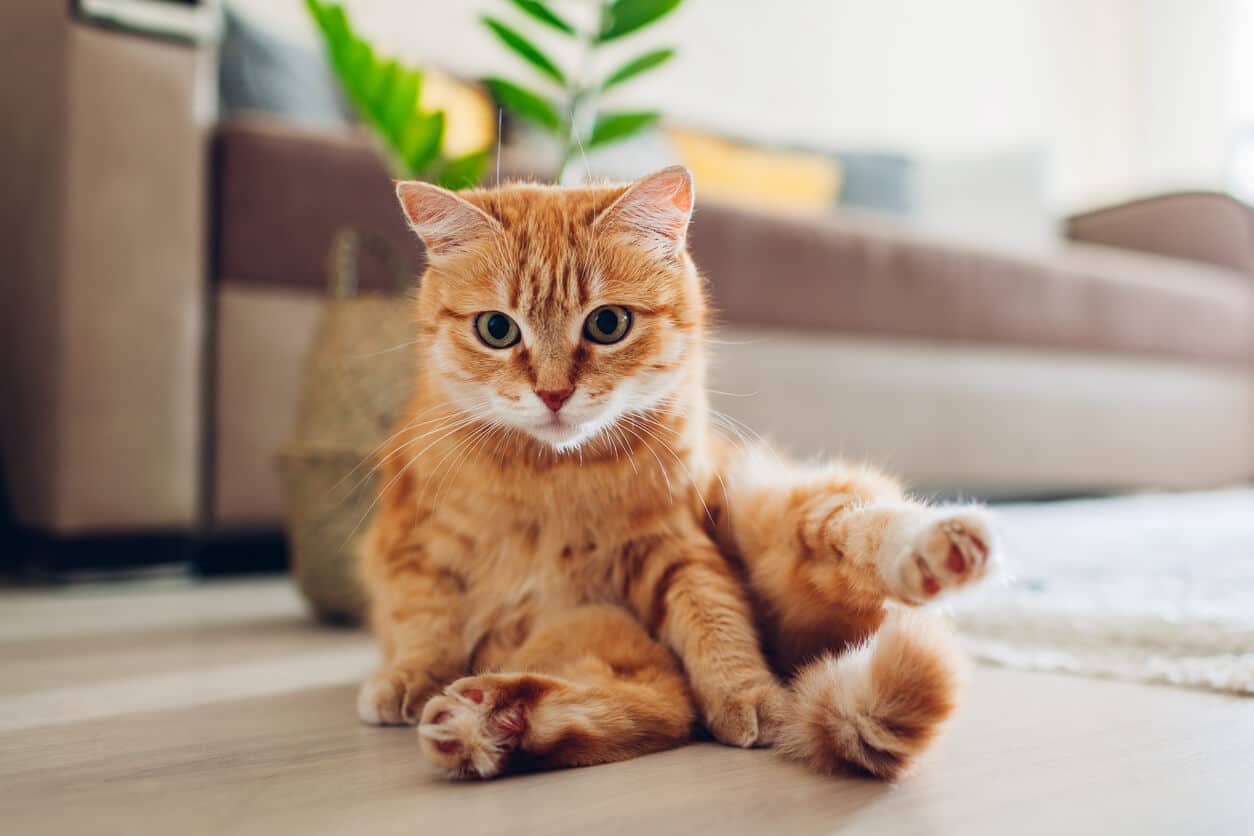

0 thoughts on “Why Do Cats Puke On Rugs”